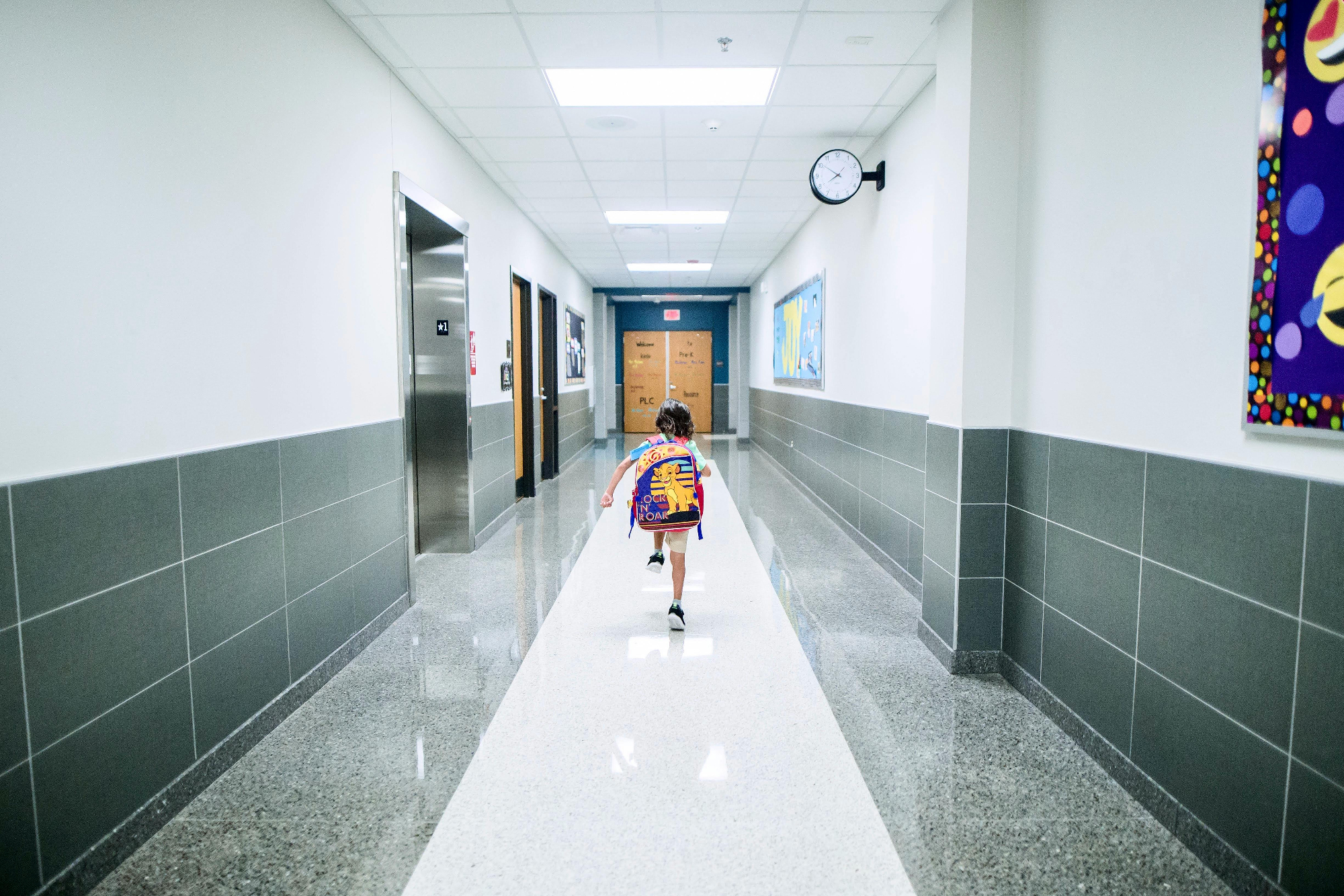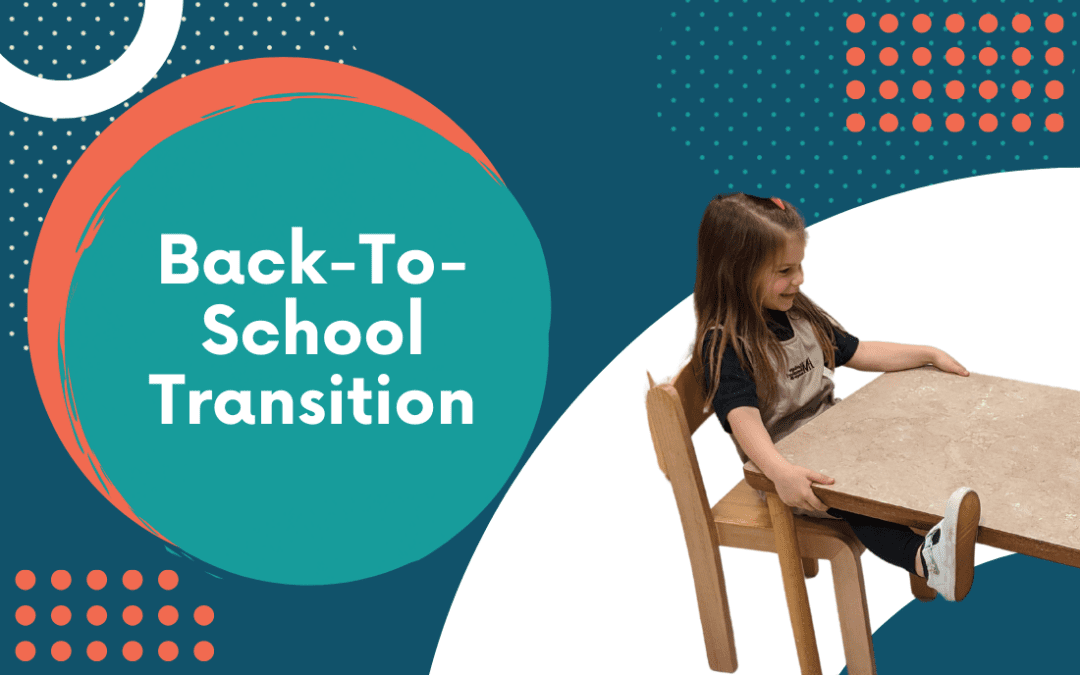As summer winds down, the back-to-school season brings a mix of excitement and anxiety, especially for children with autism and their families. The shift from the relaxed summer routine to the structured school environment can be challenging. However, with thoughtful preparation and support, the transition can be smoother and more enjoyable for everyone involved. Here are some practical tips for parents to help children with autism transition back-to-school successfully.
1. Start Early with Preparation
Create a Visual Schedule
Visual schedules can be incredibly beneficial for children with autism. They help in understanding what to expect and when to expect it. Start by creating a visual calendar that shows the countdown to the first day of school. Include pictures of the school, classroom, and teacher if possible.
Visit the School Ahead of Time
In general, familiarity can ease anxiety. Arrange visits to the school before the term starts. Allow the child to see their classroom, meet their teacher(s), and explore the school grounds. This can make the environment feel less intimidating on the first day.
Gradually Adjust the Routine
Start adjusting your child’s daily routine a few weeks before school starts. Gradually shift bedtime, wake-up time, and meal times to align with the school schedule. This helps the child adapt to the back-to-school routine without a sudden change.
2. Communicate with the School
Share Key Information
First and foremost, communicate your child’s needs, preferences, and triggers with the school staff. Provide the teacher with an individualized education plan (IEP) or any other relevant documentation. The more the school knows about your child, the better they can support them.
Collaborate with the Teacher
Establish a good rapport with your child’s teacher. Discuss strategies that have worked well in the past and be open to new suggestions. Regular communication between parents and teachers is crucial for monitoring progress and addressing any issues promptly.
3. Use Social Stories
Social stories are short narratives that explain social situations and expected behaviors. Create a back-to-school social story about the first day of school, including details like getting ready in the morning, riding the bus, and what will happen during the school day. Reading this story repeatedly can help your child feel more prepared and less anxious.
4. Focus on Sensory Needs
Create a Sensory Kit
A sensory kit can be a lifesaver for children with autism. Include items like noise-canceling headphones, fidget toys, and a weighted blanket or vest. These items can help your child cope with sensory overload and stay calm throughout the day. Just make sure to check in with their teacher to ensure these items are ok in the classroom.
Establish a Calm Corner
Work with the teacher to set up a calm corner in the classroom where your child can go if they feel overwhelmed. This space should be quiet and equipped with sensory-friendly items.
5. Encourage Social Interaction
Playdates and Social Skills Groups
Organize playdates with classmates before school starts. This helps your child build relationships in a less formal setting. Additionally, consider enrolling your child in social skills groups where they can learn and practice interacting with peers.
6. Emphasize Positive Reinforcement
Celebrate Small Successes
Positive reinforcement can motivate your child and boost their confidence. Celebrate small successes, whether it’s getting dressed for school on time or making it through the day without a meltdown. Positive reinforcement can be in the form of praise, stickers, or a small reward.
7. Prepare for Setbacks
Be Patient and Flexible
Transitions can be tough, and setbacks are part of the process. Be patient and flexible with your child and yourself. Understand that it’s normal for there to be bumps along the way and that each child’s progress is unique.
Conclusion
With careful planning, open communication, and a focus on your child’s individual needs, the back-to-school transition can be a positive experience for children with autism. By working together, parents and educators can create a supportive environment that fosters growth, learning, and happiness for every child.

